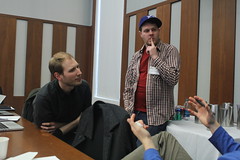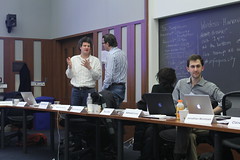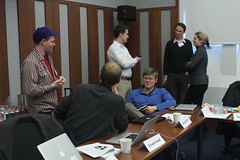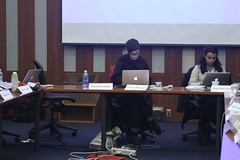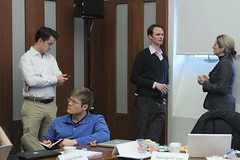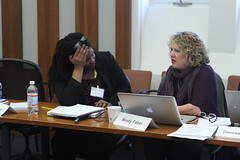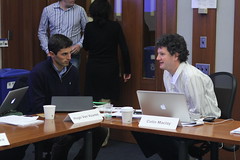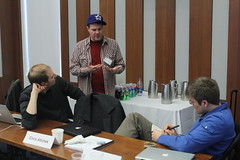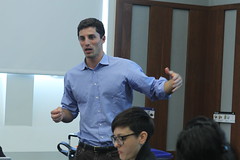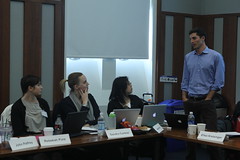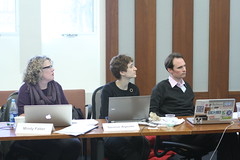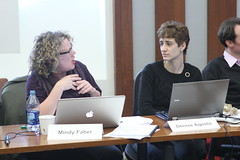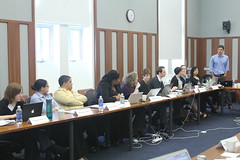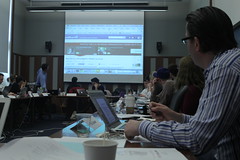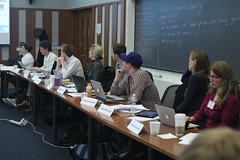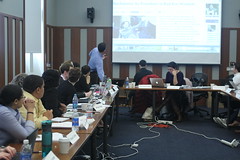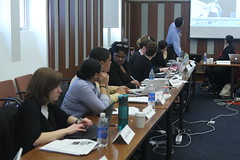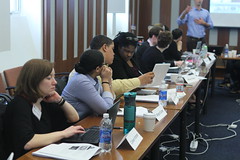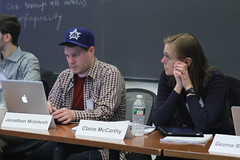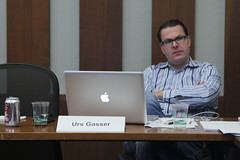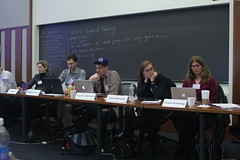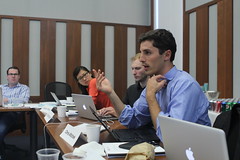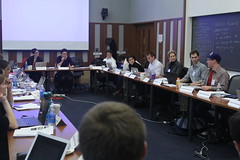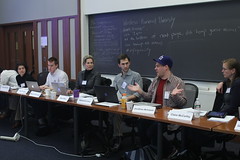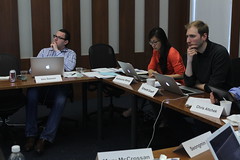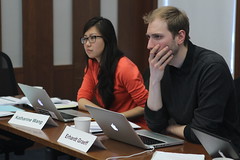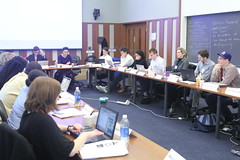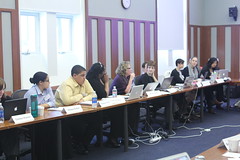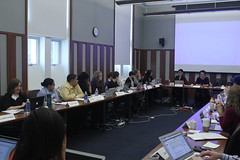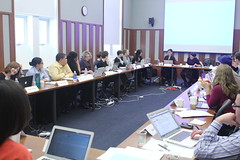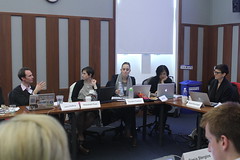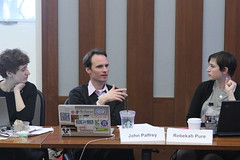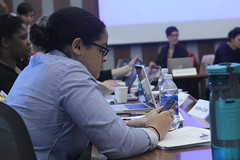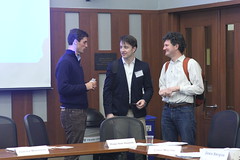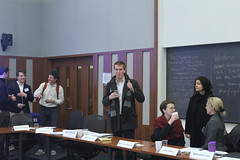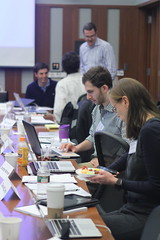The Internet has led to structural changes in the information environment, such as the replacement of traditional gatekeepers like editorial boards or the increased diversity of speakers online. In the academic context, youth navigate this fluid and diverse digital information environment to receive homework help, gather resources, or solidify their understanding of concepts taught in school. They have the task of distinguishing facts from opinions and filtering trustworthy sources from the countless websites they encounter. In the social context, youth connect with their friends, relatives, and others over online platforms to share pictures, articles and comments about a wide range of topics including news events, relationships, and family issues. In the personal context, many youth use the Internet as a main resource for entertainment, informal ways of learning, or seeking advice about health or other information they may not feel comfortable discussing with teachers, family, or friends.
In our report “Youth and Digital Media: From Credibility to Information Quality”, we review the state of research on youths’ information-seeking, evaluation, creation, and sharing behaviors and how these behaviors are acquired in personal, social, and academic contexts. For example, our review of ethnographic studies revealed that in addition to the importance of search engines, “fortuitous searching”, a form of searching that involves browsing from link to link in an undirected manner, is widely employed by youth. Further studies show that news videos, YouTube, and social networking sites are playing increasingly important roles as information resources for youth in academic, social, and private contexts. Our own focus group interviews further suggest that these contexts are often blurring.
In the report, which was presented at a workshop for scholars, practitioners, and young Internet users, the Youth and Media team put forward a new conceptual model – the information quality framework – that guides our research and policy discussions of information and news/information literacy. This framework is both process- and context-oriented; that is, it accounts for the fact that information seekers don’t make information quality decisions only at the point of evaluating a source. Rather, it considers how youths’ levels of digital literacies, social patterns, practices of online content creation, and general digital media usage affect how they search for, evaluate, and interact with information on the Internet.
In the next phase of our information quality research, the Youth and Media team seeks to apply the new framework to two types of information that have remained underexplored from a qualitative information search, evaluation, and creation perspective: online news and health information.
With regard to news, the research team seeks to close an important knowledge gap about youths’ online behavior–including news gathering activities, evaluation practices, and creative re-use of news. While earlier research suggests that youth (not unlike adults) prefer online news that is visual in presentation, relevant in topic, and manageable in size, additional research is needed to explore the social and creative elements of online news and, based on this understanding, to optimize curricular and tool development programs. In particular, we need a deeper understanding of the variables that affect youth behaviors related to online news. For example, what demographic factors lead to differences in young people’s online news behaviors? Understanding such factors is critical to the design of curricula and tools that accommodate variations in skills and habits among diverse populations of youth.
The Youth and Media team also wants to better understand how youth search for, evaluate, and share health information online. Research shows that young people are increasingly turning to the Internet as a primary source for health information (Ettel et al, 2012). This presents a critical topic of investigation, because the consequences of misinformation or other forms of low-quality information can be serious. Yet, this space also presents opportunities for informing youth about health issues that they might have felt hesitant about scoping out elsewhere.
In addition to these two areas where we conduct deep dives, our information quality research agenda encompasses a variety of sub-questions:
- Youth are creating a wide range of online content such as videos, blogposts, Facebook messages and music. How do these shape their ideas of information quality and how can these activities be leveraged for the academic context?
- How do variables such as socio-economic status, gender, peer influences, and prior experience affect youth’s search, evaluation, and content creation practices?
- How can educators, parents, and researchers best test, measure, and improve educational interventions that teach young people how to search and evaluate information online?
- How do youth tell whether the answers they find about their personal health questions are valid?
- How are youth obtaining, evaluating, and interpreting (via mash-ups, online discussions, etc.) information about world events and local news?



